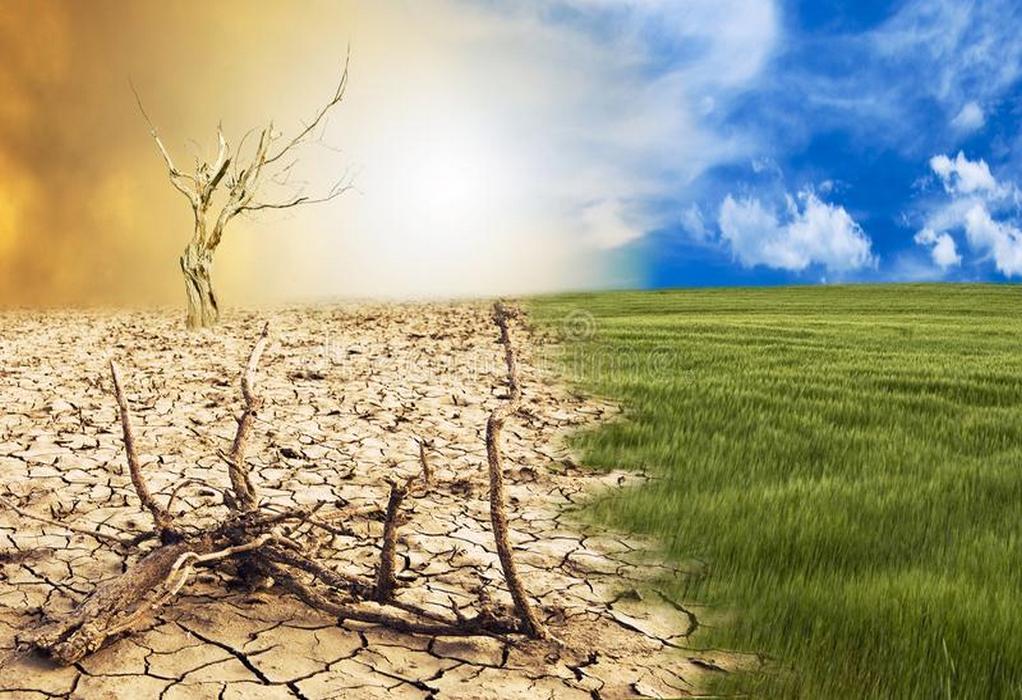According to a recent analysis, climate change is predicted to cause a 16.9% GDP reduction in the Asia-Pacific area by 2070 under a high-emission scenario, with India estimated to suffer a 24.7% GDP decline.
According to the report, increasing sea levels and declining labor productivity would have the biggest impact on losses, with lower-income and more vulnerable economies being most impacted.
The new study, which was included in the first edition of the “Asia Pacific Climate Report” published by the Asian Development Board (ADB), lists several detrimental consequences that pose a threat to the area.
It suggests that up to 300 million people in the region may be at risk of coastal flooding if the climate crisis worsens further, and that before 2070, annual losses to coastal assets valued at trillions of dollars might occur.
“The region has experienced unprecedented economic challenges and human suffering due to the devastation caused by tropical storms, heat waves, and floods, which has been accelerated by climate change,” stated ADB President Masatsugu Asakawa.
According to him, this climate report clarifies how to pay for necessary adaptation needs and offers governments in our developing member nations encouraging policy proposals on how to reduce greenhouse gas emissions at the most affordable rate.
Despite having 60% of the world’s population, the region’s per capita emissions are still lower than the global average, according to the analysis. According to the report, the region will experience more frequent landslides and floods as a result of increased and fluctuating rainfall and increasingly severe storms. Global warming of 7 degrees Celsius on average.
Reductions in slope-stabilizing forest cover would exacerbate these effects as dieback occurs in forests that cannot adapt to changing climate regimes, the paper stated. According to leading forecasts, by 2070, riverine flooding in Asia and the Pacific could cause yearly capital damage of trillions of dollars.
According to economic growth, the estimated yearly harm might reach $1.3 trillion by 2070, impacting more than 110 million people annually. “India is reported to have the highest number of affected individuals and damage costs, with residential losses being predominant,” stated the research. It is projected that the region will lose 4.9% of its GDP in 2070 as a result of lower labor productivity, with tropical and subtropical areas being most affected.
Tags: ADB, Cliate Change, GDP



Recent Posts
Cavotec Secures €1.55 Million Shore Power Contract for Port of Antwerp-Bruges
APM Terminals and SANY Marine sign landmark agreement to accelerate decarbonisation
The Port of Gothenburg takes big step towards shore power connection for container and car/RoRo vessels
Alfa Laval secures order for the world’s first marine boiler system for ammonia waste incineration
ICAR-CIFT Mumbai Launches “Vikalpika” – India’s First Electric Fishing Vessel
IMO leads global shipping toward NetZero transition with new regulations
MPA and Bureau Veritas Renew Partnership to Advance Maritime Digitalisation, Decarbonisation, and Talent Development
RINA Grants AIP for Dual Fuel LNG/Hydrogen-Powered Ultramax Bulker Design Developed by Almi Marine Management S.A. and SDARI